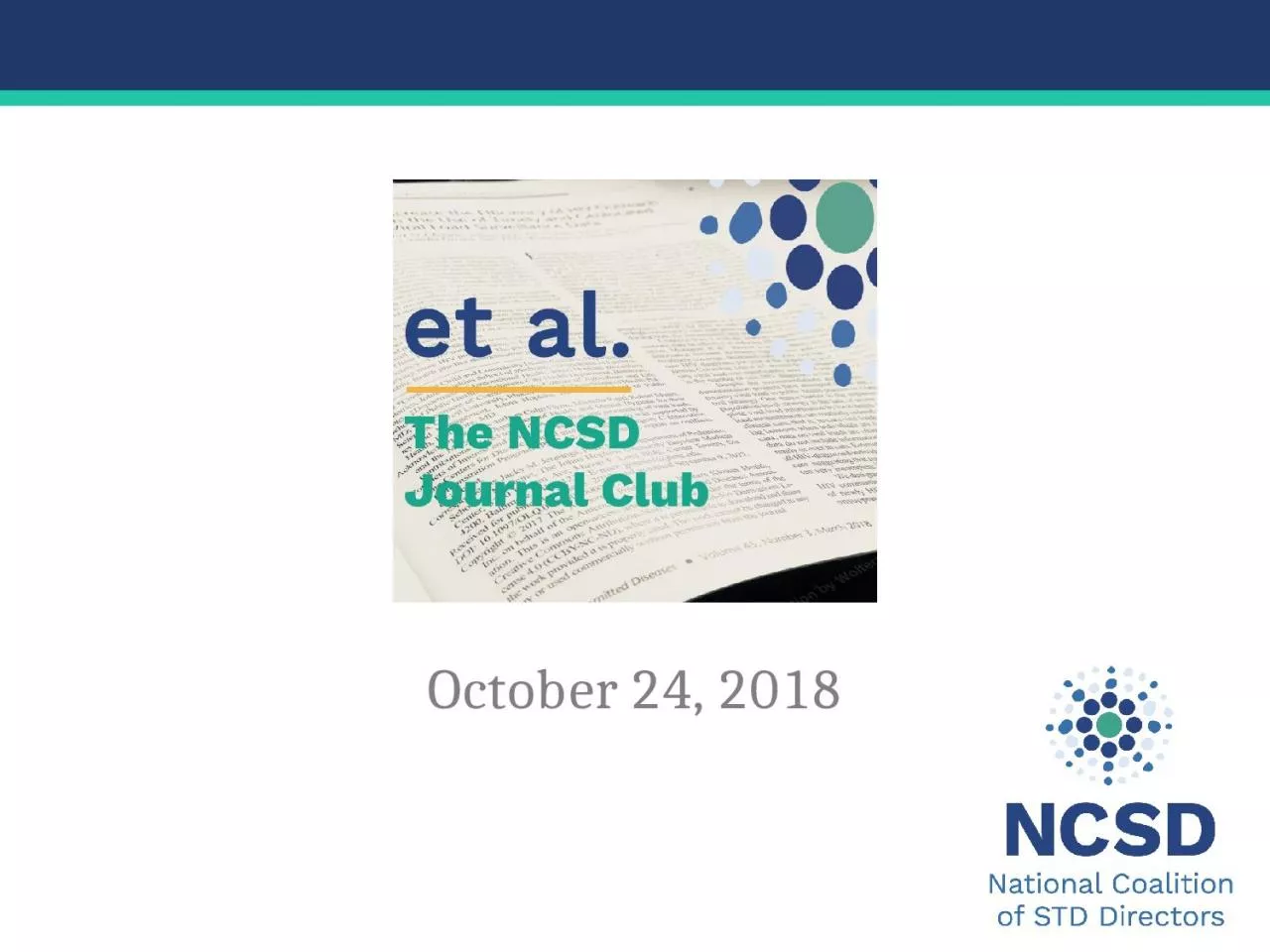PPT-October 24, 2018 Logistics
Author : blanko | Published Date : 2024-02-03
2 Agenda Introduction of presenters Article background methods and results Discussion QampA 3 Objectives Describe the major sections of the journal article that
Presentation Embed Code
Download Presentation
Download Presentation The PPT/PDF document "October 24, 2018 Logistics" is the property of its rightful owner. Permission is granted to download and print the materials on this website for personal, non-commercial use only, and to display it on your personal computer provided you do not modify the materials and that you retain all copyright notices contained in the materials. By downloading content from our website, you accept the terms of this agreement.
October 24, 2018 Logistics: Transcript
Download Rules Of Document
"October 24, 2018 Logistics"The content belongs to its owner. You may download and print it for personal use, without modification, and keep all copyright notices. By downloading, you agree to these terms.
Related Documents














